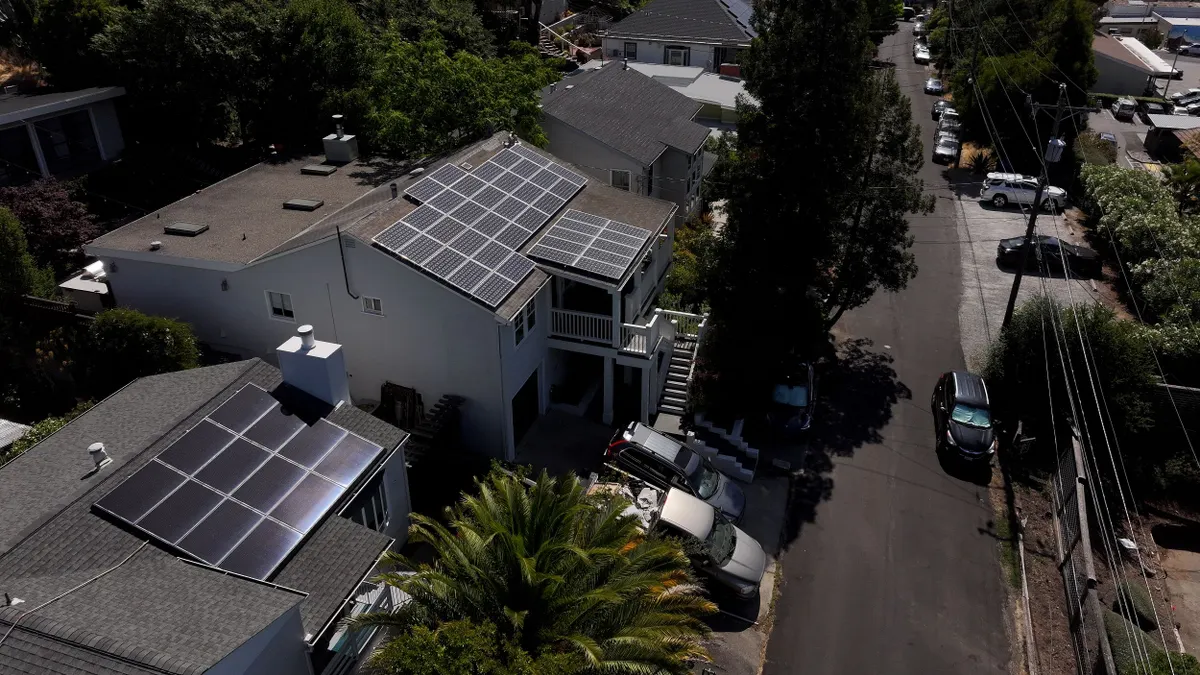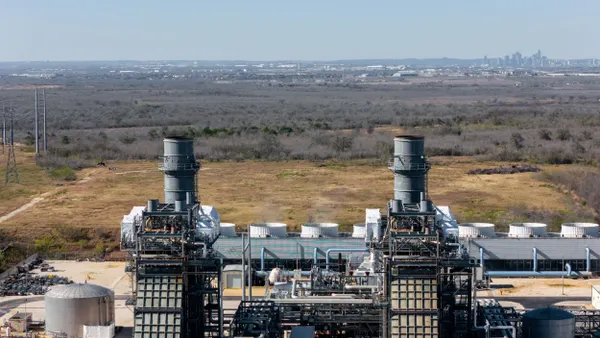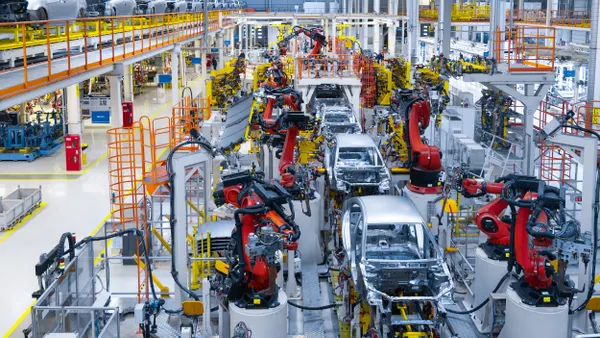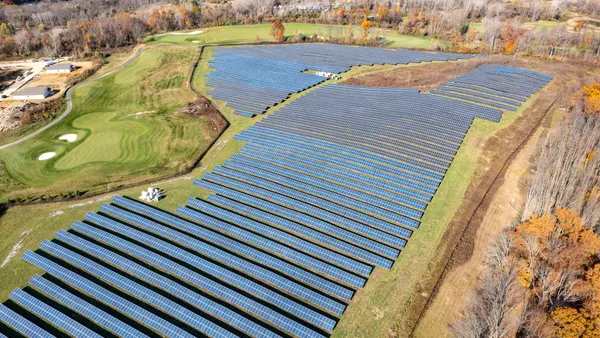Dive Brief:
- A new report from the Institute for Energy Economics and Financial Analysis (IEEFA) accuses General Electric of costing investors an "almost unprecedented" $193 billion from 2015 to 2018, when it bet big on natural gas and underestimated the speed of the clean energy transition.
- GE officials have conceded they missed the transition and misjudged the demand for natural gas. In January, the company estimated the annual market for new gas turbines would be in the 25 GW to 30 GW range "for the foreseeable future," less than half the amount it once expected.
- The company is working to restructure itself and grow its renewables business, which it expects will be its fastest-growing segment this year. The company says it has the largest installed base of onshore wind turbines in the country.
Dive Insight:
GE's bet on Alstom, and thermal energy in general, "was ill-advised and ill-timed," IEEFA concludes in an analysis released Thursday.
While GE led the world in gas turbine manufacturing in 2015, the company shed 74% of its market capitalization between 2016 and 2018, as demand for new turbines cratered.
GE is "a case study in how rapidly and unexpectedly the global energy transition away from fossil fuels travels up the economic chain and destroys value in the power generation sector," the report says. It points the finger at large shareholders, like Vanguard, BlackRock, State Street and Fidelity, who IEEFA analysts say should be doing more to push companies away from fossil fuels.
"It is in [shareholder] hands to ensure companies evaluate and understand the inevitable energy transition as the world accelerates towards meeting the Paris Agreement," report co-author and IEEFA financial analyst Kathy Hipple said in a statement.
GE declined to provide comment to Utility Dive, instead pointing toward previous statements by company leadership. In January, GE CEO Lawrence Culp said the company was "late to embrace the realities of the secular and cyclical pressures" on its power business.
Despite the increasing focus on renewables, GE also said there remains a strong market for gas turbines.
"We continue to believe gas will play an important role in global electrification, but we have to resize our cost structure, our capital expenses and our supply chains to this new reality now," Culp said.
In May, GE Renewable Energy said that since 2017 it had completed over 2,500 repowering upgrades, covering 4 GWs of capacity at 36 different wind farms across the United States. And the company said it expects to repower an additional 3 GW of units for 11 customers at over 25 wind farms by the end of 2020.
The company also announced a new domestic gas turbine order in May: The Indeck Niles Energy Center in Niles, Michigan, will utilize two of GE's HA turbines for the 1 GW project.














